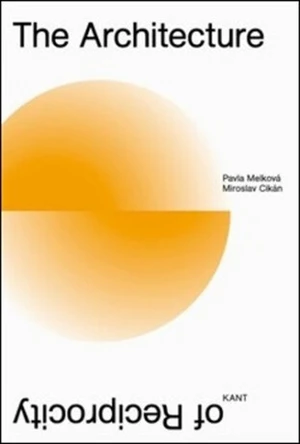We should ask not only how architecture is, but primarily, what it causes. Such is the epigraph for the present work, discussion (not only) architecture in a way that addresses every one of us. The authors of the publication, who have spent much time investigating the mutual relations between human beings, their environment and architecture, demonstrate through concrete examples the importance of mutuality, solitary and cooperation not only in the relations of architecture towards people and the physical environment, but also in the life of society in general. They take as their assumption that the types of connections in which architecture participates and which it creates are founded on identical or similar principles as the relations between people or within nature. In short, it seems t
hat finally the time has come when it will be a matter of course to evaluate architectonic ambitions mostly through their impact on the quality of social life, that of today as well as the future.
více
Nejlevnější produkt
25,28 € | knihy.abz.cz | In stock
Máte ve vašem obchodě lepší produkt?
Nejlevnější produkt
25,28 € | knihy.abz.cz | In stock
Máte ve vašem obchodě lepší produkt?
K dispozici v
Co říkají obchody
knihy.abz.cz
Kniha: The Architecture of Reciprocity; Autor: Melková Pavla, Cikán Miroslav; Autoři se v publikaci zabývají ideou vzájemnosti a sounáležitosti ve vztazích architektury, prostředí a lidí. Poukazují na fakt, že druhy vztahů, do kterých architektura vstupuje, jsou podobné vztahům mezi lidmi či v rámci přírody. ...
Knihy Dobrovsky
We should ask not only how architecture is, but primarily, what it causes. Such is the epigraph for the present work, discussion (not only) architecture in a way that addresses every one of us. The authors of the publication, who have spent much time investigating the mutual relations between human beings, their environment and architecture, demonstrate through concrete examples the importance of mutuality, solitary and cooperation not only in the relations of architecture towards people and the physical environment, but also in the life of society in general. They take as their assumption that the types of connections in which architecture participates and which it creates are founded on identical or similar principles as the relations between people or within nature. In short, it seems that finally the time has come when it will be a matter of course to evaluate architectonic ambitions mostly through their impact on the quality of social life, that of today as well as the future.


